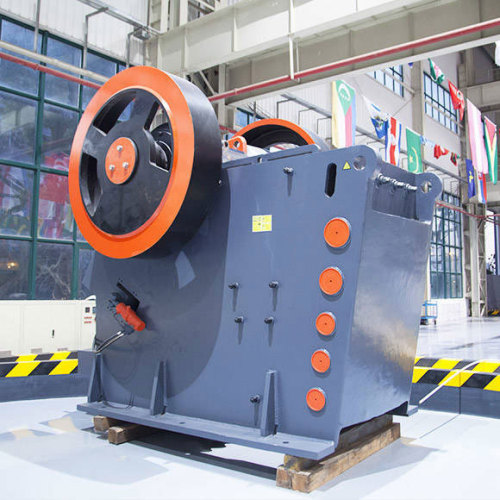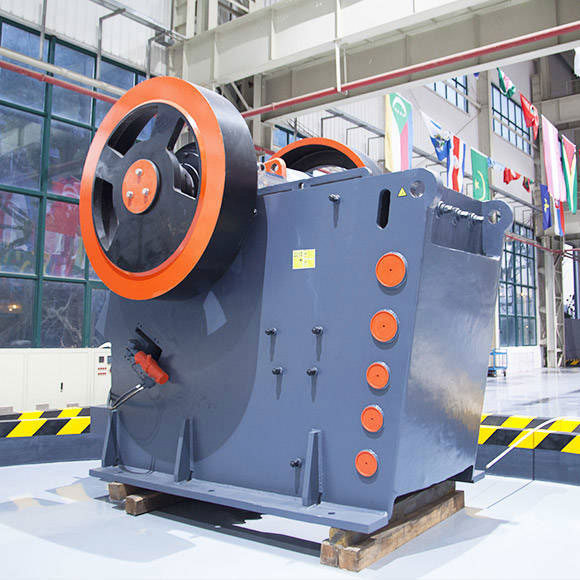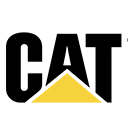Jaw Crusher
Description
Description
Stone Crusher Specifications
| Model | Feed opening (mm) | Maximum feeding size (mm) | Range of discharge opening (mm) | Capacity (t/h) | Speed (r/min) | Power (kW) | Overall dimension (mm) |
| PEW250×1000 | 250×1000 | 220 | 20-40 | 15-50 | 330 | 30 | 1400×1850×1310 |
| PEW250×1200 | 250×1200 | 220 | 20-40 | 20-50 | 330 | 37 | 1400×2050×1310 |
| PEW400×600 | 400×600 | 350 | 35-85 | 15-70 | 250 | 37 | 1920×1460×1840 |
| PEW760 | 760×1100 | 640 | 75-200 | 150-350 | 270 | 110 | 2600×2500×2200 |
| PEW860 | 860×1100 | 720 | 100-225 | 200-500 | 240 | 132 | 3300×2320×3120 |
Stone Crusher Highlights
Jaw Crusher Working Principle
Firstly, the motor drives belt and pulley to make the movable jaw move back and forth, up and down around the eccentric shaft. When the movable jaw pushes the movable jaw plate towards the fixed jaw plate, materials get crushed. When movable jaw and plate move backwards under the action of the eccentric shaft and spring, the materials crushed before would be discharged from the port under the jaw plate. As the motor works continuously, the movable jaw can crush or discharge materials periodically, so that volume production can be achieved.
- 1. Stable Structure, Reliable Performance
- 2. Hydraulic Control, Convenient Cavity Clearing
- 3. V-type Crushing Chamber, Toothed Guard Board
- 4. Wedge Device, Convenient Adjustments
- 5. Digitalized Processing, Higher Precision
- 6. Sufficient Supply of Spare Parts, Worry-free Operation
- 2. Hydraulic Control, Convenient Cavity Clearing
- 3. V-type Crushing Chamber, Toothed Guard Board
- 4. Wedge Device, Convenient Adjustments
- 5. Digitalized Processing, Higher Precision
- 6. Sufficient Supply of Spare Parts, Worry-free Operation
Send your message to us








